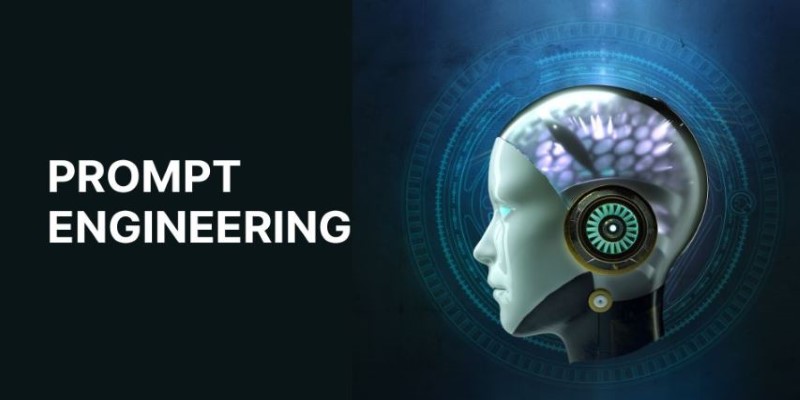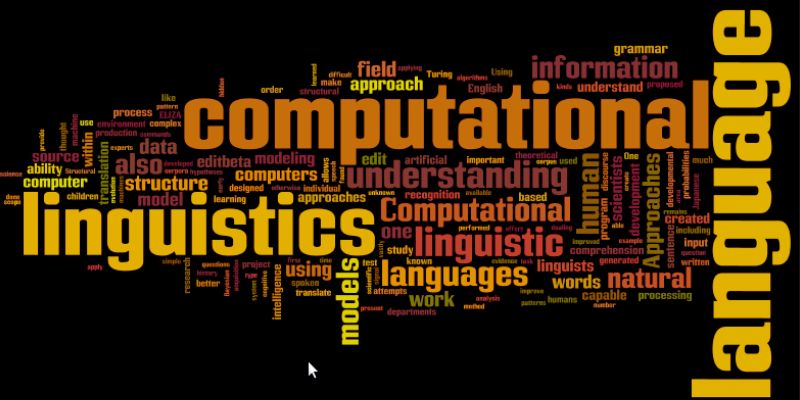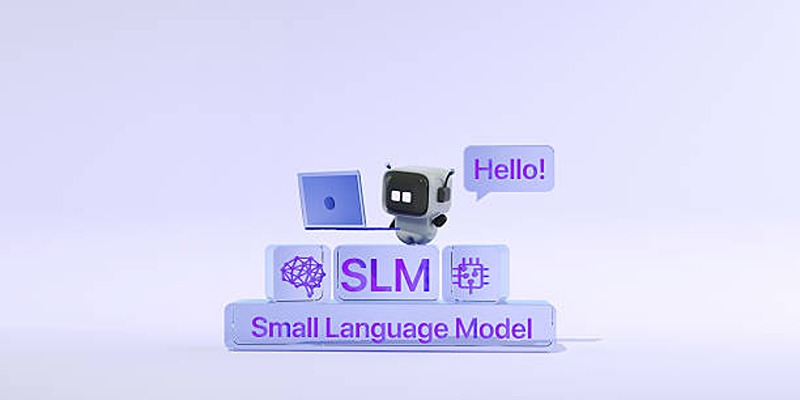Prompt engineering has quickly become a skill worth knowing, especially for anyone working with AI tools that rely on language models. Whether you're trying to get better results from a chatbot, design smarter assistants, or are just curious about how to speak to machines more effectively, the right book can help. Here's a list of 7 books that stand out—not because they all say the same thing, but because each offers a different angle, set of tools, or way of thinking.
Top 7 Best Prompt Engineering Books
“The Art of Prompt Engineering with ChatGPT” by Nathan Hunter
If you’re starting from zero, this one makes things simple without talking down to you. Nathan keeps things grounded. Instead of loading the pages with technical terms, he walks you through the thinking behind each prompt, why it works, and how to tweak it. There's a clear sense that he’s spent time experimenting, not just theorizing.

The book doesn’t follow a dry, chapter-by-chapter formula. Instead, you’ll find sections focused on types of prompts—like creative writing, business tasks, learning support, and productivity hacks. What stands out is the calm tone: you won’t feel rushed or overwhelmed. It’s the kind of book you can read with a cup of coffee and walk away having actually learned something useful.
“Prompt Engineering for Everyone” by Nathan Hunter and Ethan Mollick
While Nathan Hunter shows up again here, the pairing with Ethan Mollick shifts the tone a bit. This book is more structured, but in a helpful way. It walks through ideas like role-based prompting and few-shot learning, but it doesn’t expect you to have a PhD in computer science to follow along.
What makes this book different is the wide audience it’s written for—teachers, marketers, students, content writers. The prompts aren’t just examples; they’re practical templates. You’ll find a section on how to get better answers by changing the point of view or using formatting cues. There’s an awareness that this technology will only be as useful as the questions we ask it.
“The Art of Prompt Engineering” by Nathan Hunter (Yes, again)
This isn’t a typo. It’s a separate, earlier version of Hunter’s work, and even though there’s some overlap with his later books, the tone here is a little more exploratory. If the newer books feel like polished classes, this one feels like a notebook from someone who’s figuring things out and inviting you to do the same.
It’s more raw but in a helpful way. If you're the kind of person who learns better by watching someone experiment and think aloud, this version might actually be more your speed. It doesn’t assume you want a tool—it assumes you want to understand the process.
“The Art of Prompt Engineering with ChatGPT: Crafting Effective Prompts for Artificial Intelligence” by Nathan Hunter and Eric Stockton
This collaboration brings a slightly more technical edge into the mix. There’s a lot more focus on how phrasing influences model behavior and how small changes in your wording can shift results in surprising ways.
Eric Stockton brings in use cases that are slightly more business-focused—think customer service scripts, marketing frameworks, and product descriptions. So, while the book still keeps the casual tone, the stakes feel more real. You're not just experimenting anymore—you're testing out prompts that could impact someone's daily workflow.
“Prompt Engineering: Language Models Guide for Beginners” by Adam Ramirez
Adam Ramirez takes a more direct approach. His writing is no-nonsense, and he doesn’t over-explain. If you’re the type of reader who likes clear lists and bullet points, this one will feel familiar.
This book is built around getting things done. It walks you through simple rules for prompting, gives examples, and then moves on. There's a rhythm to it—read, try, tweak. While it doesn’t go as deep as some of the others, it respects your time and delivers value quickly.
You won’t find storytelling here or long explanations. But you will find a ton of prompts you can use right away. And for someone just getting into the space, that’s often enough to open up new ways of working.
“Prompt Engineering: The Definitive Guide” by Nathan Hunter
Hunter’s fourth appearance might feel like too much, but each book brings something new to the table. This one positions itself as the complete guide, and while that might sound like a marketing line, it’s surprisingly accurate.

Here, he covers advanced ideas like meta prompts, style transfer, and prompt chaining. There's a shift in tone—still casual but more methodical. You can tell he's writing for readers who want more than just tricks; they want a better mental model of how large language models think.
If you’ve tried a few prompts and are wondering why some worked and some flopped, this book answers those questions. It won’t give you a magic formula, but it will help you ask better questions—and that’s really what prompt engineering is all about.
“The Prompt Engineering Workbook” by Josh Cook
This isn't a read-once-and-shelve-it kind of book. It's a workbook in the true sense—interactive, hands-on, and unapologetically practical. Josh Cook approaches prompt engineering as a skill you build, not something you study.
What makes this book different is its structure. Every chapter ends with exercises that ask you to apply what you’ve just read. And not in a test-yourself kind of way, but in a try-this-out kind of way. You’ll be asked to write a prompt, change the structure, test different formats, and reflect on the results.
There’s also a lot of encouragement baked in. The tone is supportive without being soft. If you’re someone who learns by doing, this is the book that keeps your hands on the wheel from start to finish.
Final Thoughts
Each of these books brings something different. Some are hands-on, some are more reflective, and some focus on business use, while others lean creatively. What matters is the tone and the approach. None of these books pretend prompt engineering is a magic trick. They treat it like what it is—learning how to ask better questions, with better structure, for better answers.
And maybe that's what makes this space so interesting. You're not learning how to outsmart a machine. You're learning how to speak clearly to one—and getting better at thinking through your ideas in the process.











